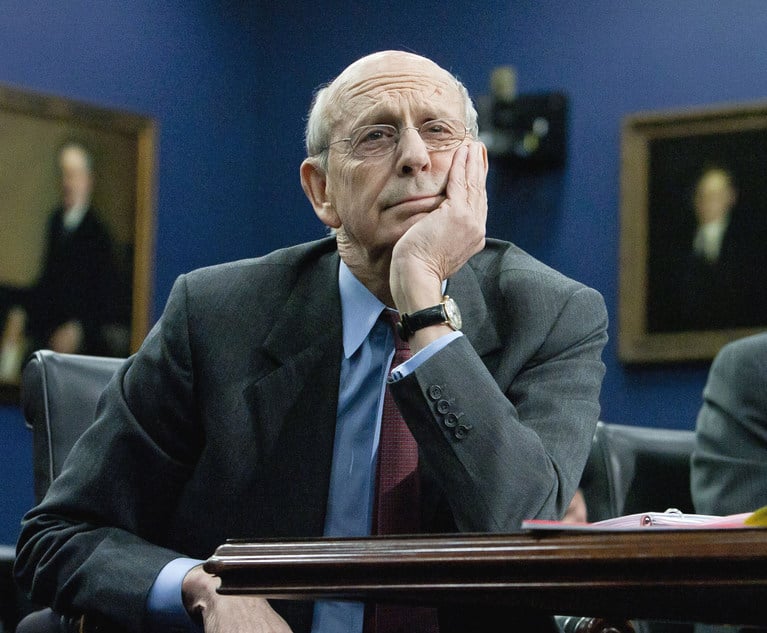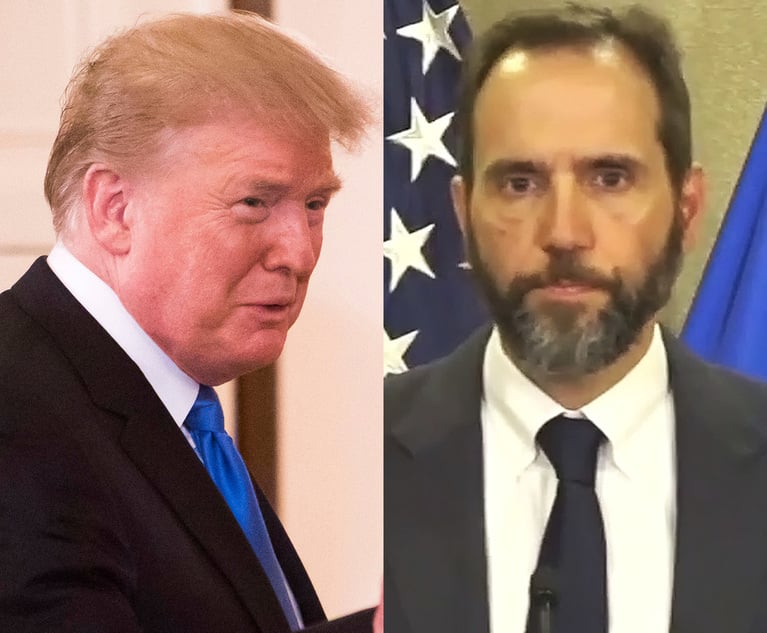In 2021, court watchers are paying increasing attention to how police use apparent equipment violations to pull over drivers—encounters that can quickly escalate. The Eighth Circuit recently affirmed the denial of a motion to suppress evidence obtained after a traffic stop that was ostensibly based on a crack in the windshield that did not go all the way across the windshield and did not obstruct the driver’s view. Prosecutors successfully defended the traffic stop by reference to a state law against operating vehicles with a safety defect, even though the crack was not legally unsafe as the state’s highest court had interpreted the law before the stop occurred.
The case, United States v. Foster, No. 20-1241 (8th Cir. Oct. 12, 2021), arose from a traffic stop initiated by a police officer in Springdale, Arkansas. The officer told the vehicle’s driver, Foster, and the vehicle’s other occupant that a cracked windshield had triggered the traffic stop. Although the police report states that the reason for the stop was “having an unsafe windshield (several cracks),” body-camera footage of the stop showed that there was only one visible crack in the windshield. The crack was located near the bottom of the windshield (close to the dashboard) and did not extend all the way across the windshield nor obstruct Foster’s view.









